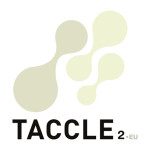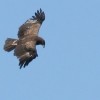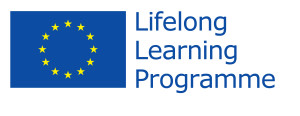Not really e-learning but thought I’d share this anyway – a great idea for really understanding how old trees are as well as getting some sense of history. You could hype it up a bit by getting the birds in the tree tweeting to each other about what they could see at any point in Full Article…
Fly, fly away
Age: 10 to 12 Goal: Find out about the flyway of the lesser spotted eagle using Google Earth. Description: The pupils should learn about the different landscapes the eagle crosses on its way and categories them. In addition to that they should learn how to use computer technology to gather and process data. What you need: Full Article…
Investigating and acting on local environmental problems
Age: 12-15 years In this lesson, centered on environment and sustainability, students must identify, discuss and act on environmental issues that exist in the school area or in the places where they live. The seriousness of the environmental issues affecting our society needs citizens that are well informed and empowered to take appropriate actions about Full Article…
The Human Race
Age: 12+ yrs Overview: By investigating the most current scientific material regarding human evolution, learners are asked to use their researching, predictive and reporting skills to create a simple web-based thesis on the ‘likely’ future stages of human evolution. Description: The teacher must decide how much initial information to provide, but it’s probably a good Full Article…
Time is an illusion!
Age: 7-12yrs Ease: *** Overview Understanding how the world and everything in it changes over time is essential in order to understanding the concept of a day, week, season, year and the general concept of ‘time’. The children will have the opportunity to analyse how an object changes over time, be it a plant growing, Full Article…
What is it?
Describe a material in 140 characters on a microblogging site such as Twitter and see if others can guess what the material is without mentioning the word or Chemical symbol. Could do it in groups and see who get the most right. With younger primary children this could mean giving them some materials such as Full Article…






 English
English Nederlands
Nederlands Deutsch
Deutsch Italiano
Italiano Español
Español Português
Português Română
Română Cymraeg
Cymraeg